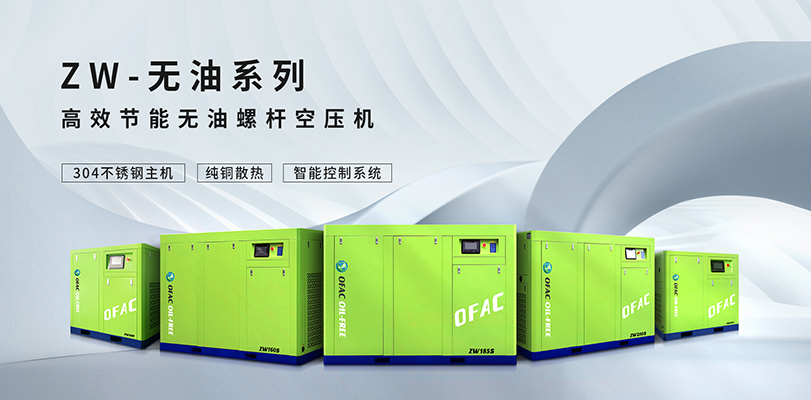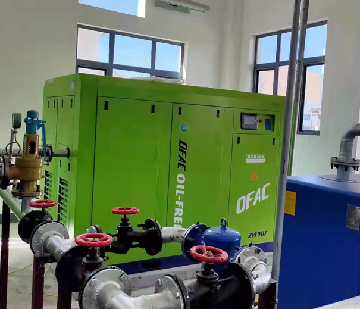low pressure air compressor for laboratory use in sample preparation and testing
News 2025-10-24
In laboratories, maintaining precise control over air pressure is essential for accurate sample preparation and testing. Low pressure air compressors deliver a steady supply of compressed air at reduced pressures, minimizing the risk of damaging sensitive materials. This equipment is crucial in industries like pharmaceuticals and materials science, where gentle handling ensures reliable results and supports efficient workflows. By integrating low pressure systems, labs can enhance safety and precision in processes that demand consistency.

Applications in Laboratory Settings
Low pressure air compressors excel in various laboratory tasks. They are ideal for drying samples without heat-induced degradation, a common need in chemical analysis and biological research. These compressors also power pneumatic tools for precise sample handling, such as conveying materials in automated systems or operating valves in testing apparatus. In environmental testing, they provide clean air for calibrating instruments, ensuring data integrity and reducing contamination risks, which is vital for regulatory compliance.
Performance Advantages
Low pressure air compressors offer significant benefits that optimize laboratory operations. Their design emphasizes energy savings, with models consuming up to 30% less power than higher pressure alternatives, lowering long-term costs. Quiet operation reduces noise pollution, fostering a focused work environment, while built-in safety features prevent over-pressurization incidents. Additionally, advanced control systems allow for fine-tuned pressure adjustments, supporting repeatable experimental outcomes and integrating seamlessly into automated processes for improved productivity.
Frequently Asked Questions
1. What is the typical operating pressure for these compressors?
They generally range from 2 to 10 bar, tailored to specific lab needs for safe and effective use.
2. How do they enhance sample preparation accuracy?
By delivering controlled, low-force air, they minimize sample disturbance and ensure uniform processing, leading to precise test results.
3. What maintenance is recommended?
Routine checks of filters and lubricants are key, with most units designed for easy upkeep to maintain optimal performance.


